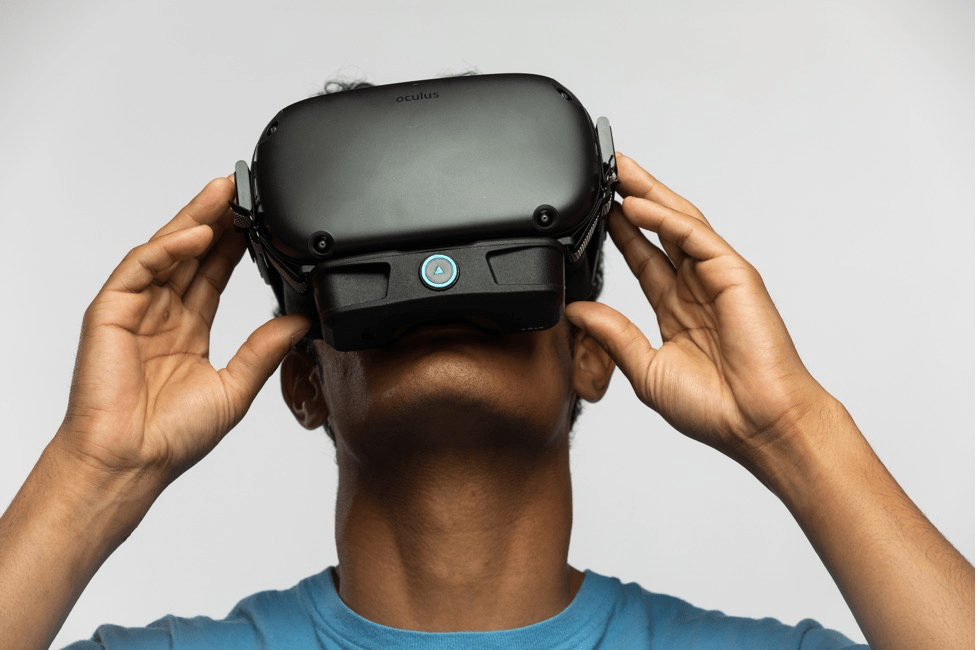
Technology—specifically the world of augmented reality, virtual reality, mixed reality, and extended reality—is changing and evolving so quickly that the differences between VR, AR, MR, and XR can quickly get muddled, especially as each of these technologies become more accessible.
So what do each of these terms actually mean? And what is the experience when you as a user taps into them? Whether you’ve heard of mixed reality, virtual reality, or augmented reality before, this article here is worth the refresher.
What Is Augmented Reality, or AR?
Augmented Reality, also known as “AR,” adds virtual “stuff” to your real-world environment. Your real-world central stays central, and with augmented reality enhancements are layered in via a strata of perception or a supplement to your real environment. You can access the experience through AR glasses or via screens, tablets, and smartphones, so you aren’t isolated from the real world and can interact and see what’s going on in front of you. For example, digital enhancements such as images, text, and animation are considered AR. One of the most well-known examples of AR is Snapchat filters are one of the most well-known examples—it puts digital objects such as hats or glasses onto your head.
What Is Virtual Reality, or VR?
Virtual Reality, also referred to as “VR,” is likely the most well-known of these technologies. It is fully immersive, meaning you think you’re in a completely different environment. VR generates realistic images, sounds, and other sensations that drop you into a spectacular imaginary world. With VR, you are fully immersed in a simulated digital environment, not the “real world.”
What Is Mixed Reality, or MR?
Mixed reality, aka “MR,” is a blend of the physical and digital worlds. It’s where imagination and reality intermingle. It’s essentially a hybrid reality of AR and VR because in MR you can manipulate both your physical world and your virtual world. Digital and real-world objects co-exist in MR and interact with one another. While some say that MR is the latest immersive technology, interestingly, though, the term "mixed reality" was introduced in a 1994 paper by Paul Milgram and Fumio Kishino, so it’s not as new as we think.
What Is Extended Reality, or XR?
Extended Reality, or XR, is an emerging term and is an umbrella for all of the immersive technologies. This includes the ones we have today (and are familiar with) like AR, VR, MR, but also includes terms that have yet to be created. Recent research suggests that more than 60% of those surveyed think that XR will be mainstream in the next five years.
So if reality is now virtual, augmented, extended, and mixed, whats next? One thing is for sure: even though we may need a different technology to experience all of these different versions of the world, in the near future we'll be able to experience all of them through one wearable. It’s not any different from how we used to need a house phone, cell phone, radio, CD player, TV, and VHS player—and now we only need a smartphone. In fact, companies like Apple and Google are working towards a single device that’ll do it all.
.png?width=618&height=603&name=ovr_circle_w%20(1).png)




